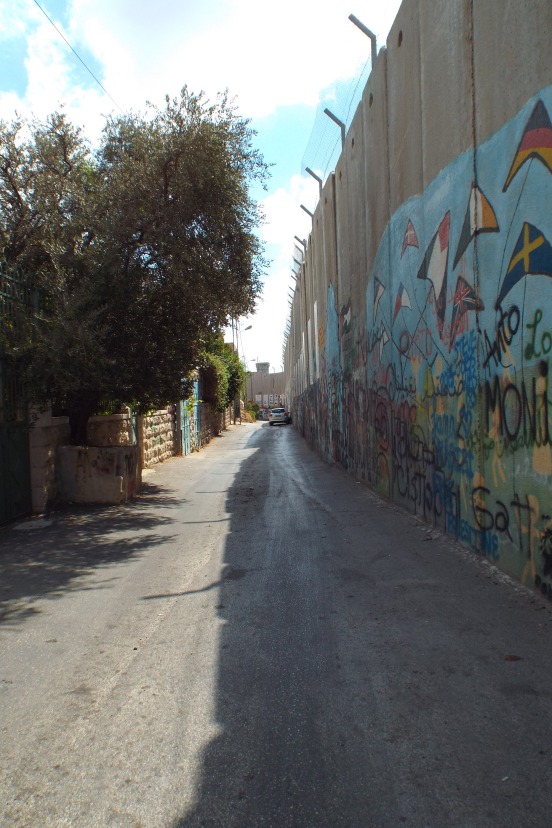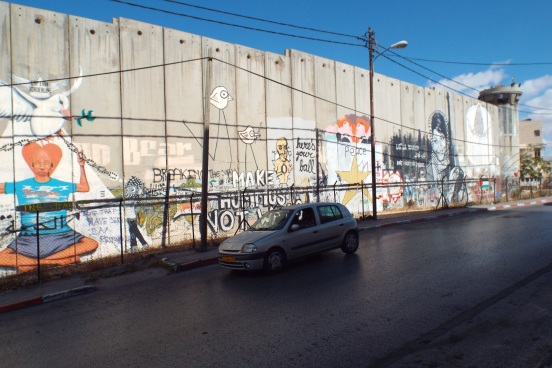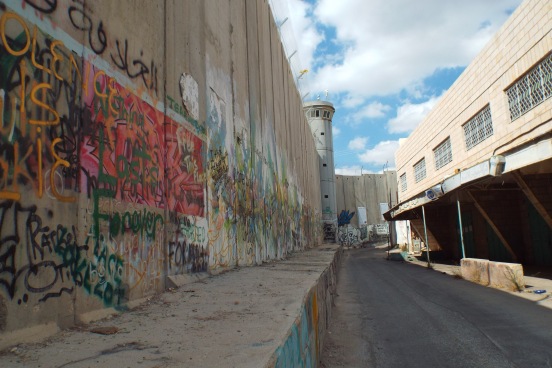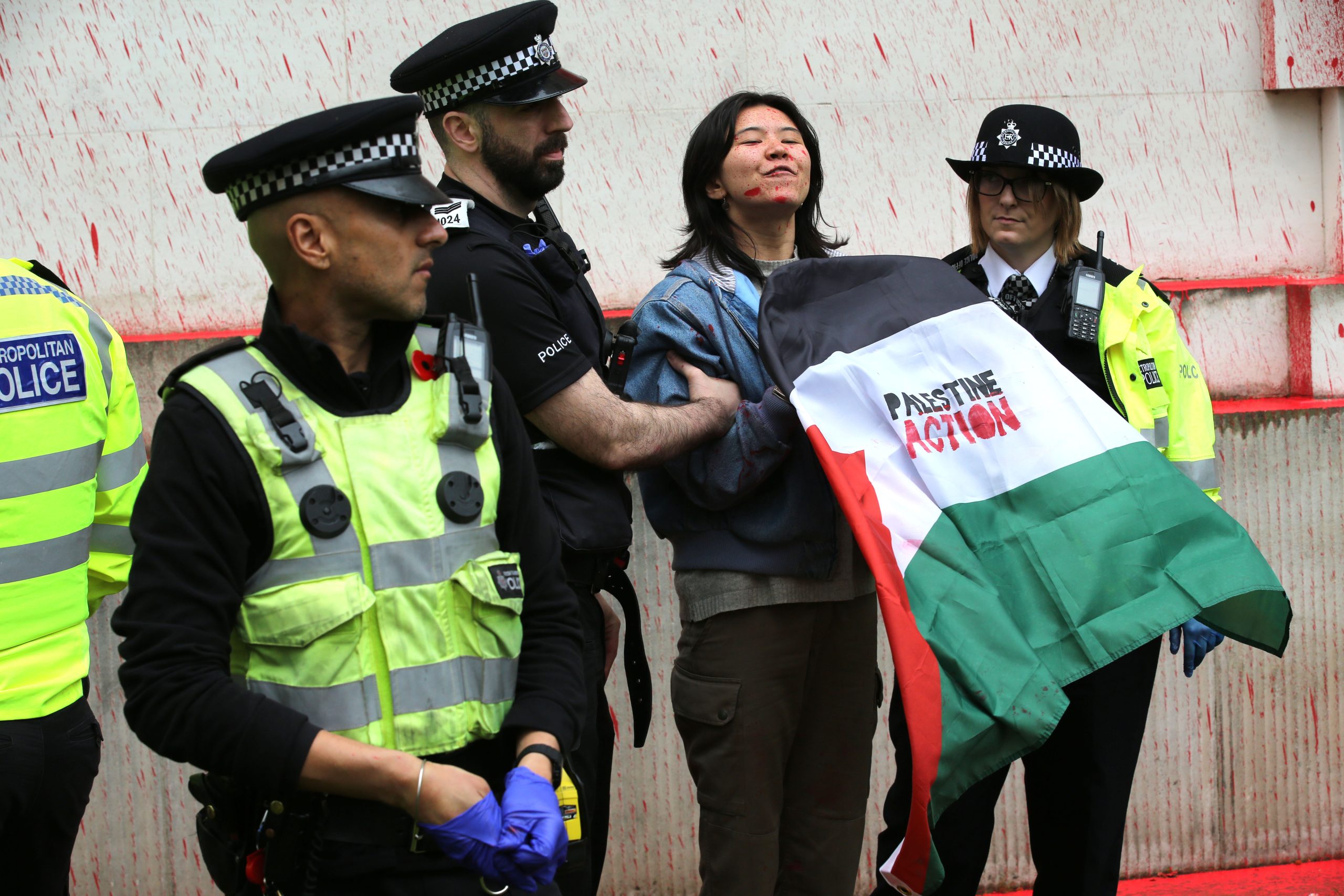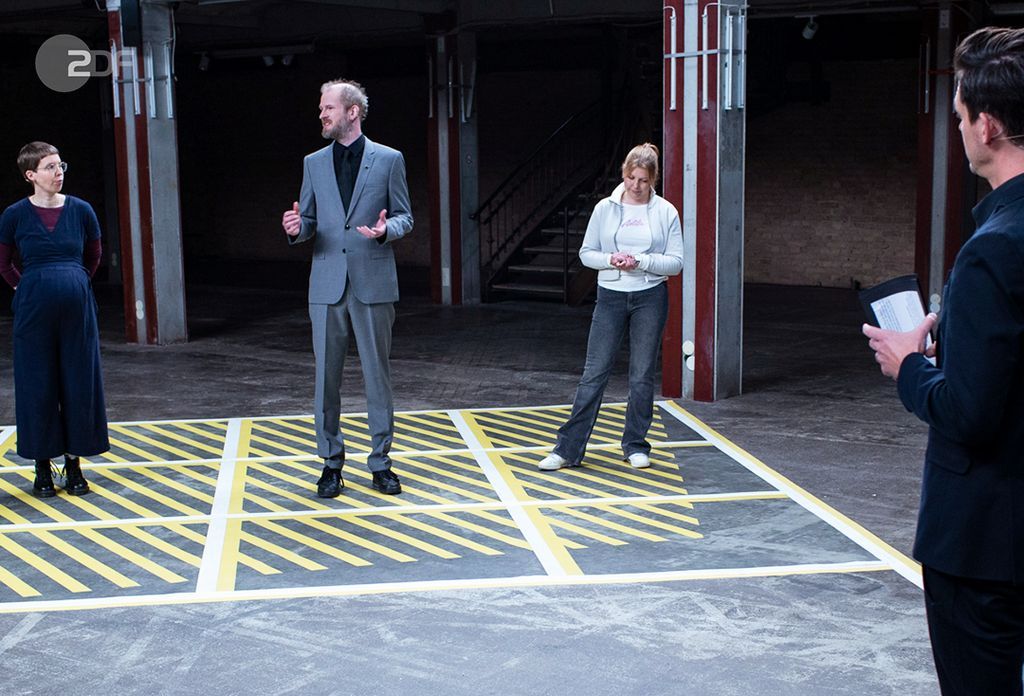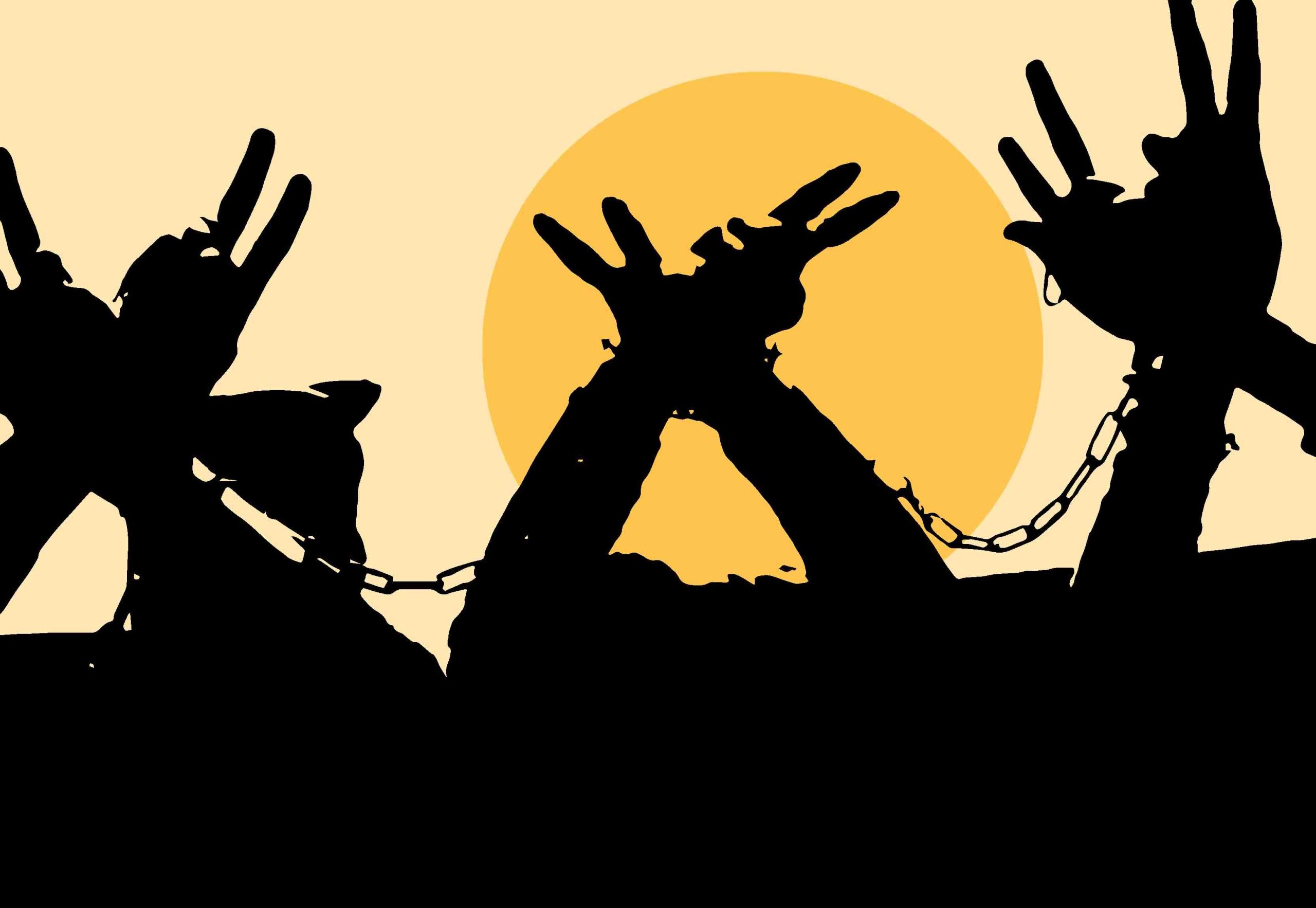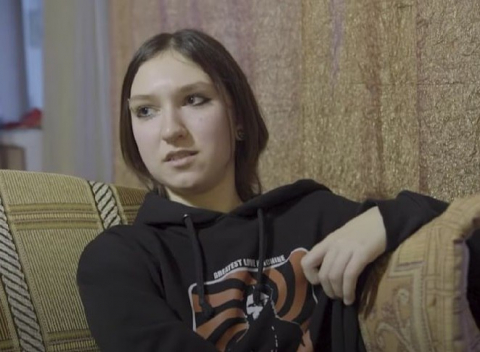The separation barrier (or the Wall) which surrounds much of the West Bank is one of the most unbelievable things I have ever seen, not for good reason. In a sense I knew what to prepare myself for as I had seen many pictures taken of it from the comfort of my home country. But the reality of it was quite overwhelming. When I drove from occupied East Jerusalem on 6th August 2014 into the West Bank for the first time I glimpsed the Wall in the distance, stretching as far as the eye could see. This long, grey, cement wall only a spec on the horizon initially, drawing closer to us. The concrete wall is 8 metres high. The West Bank has been occupied by Israel since 1967 and Palestinians living there have been subjected to Israeli military law ever since. The Israeli authorities began to build the barrier/wall around the West Bank in 2000. It is now twice as long as the Berlin Wall was stretching for 712 kilometres in September 2014[1]. It is still under construction by the Israeli authorities and there are a number of gaps. This separation barrier is comprised of tall concrete walls, electric fences and other barriers. The very existence of the barrier is contrary to the International Court of Justice’s advisory opinion on the Wall in 2004[2].
The height of the wall in Bethlehem (Beit Lehem). Photo credit: N. Ray/EAPPI
Qalandia checkpoint when crossing in a bus from Ramallah in the West Bank through the wall into occupied East Jerusalem. Photo credit: N. Ray/EAPPI
The West Bank side of Qalandia checkpoint and the traffic jams the wall causes. Photo credit: N. Ray/EAPPI
When I passed through one of the concrete wall sections into the West Bank on 6th August I was travelling in a yellow plated Israeli vehicle before meeting Ghassan in his white plated Palestinian car, who would be our translator and driver over the next 3 months. Ghassan is never allowed to cross the wall into occupied East Jerusalem or Israel. He has tried multiple times to obtain a permit from the Israeli authorities to cross the separation barrier, each time his application has been rejected. However Israelis in cars with yellow number plates can come and go between Israel and the West Bank as they please. My Dad visited Bethlehem in the year 2000. Speaking with him it suddenly dawned on me that the wall had not yet been built in Bethlehem during his visit. I rushed to show him a picture on my phone of what it is really like. He was shocked. So much has changed. In Bethlehem the wall snakes around in a seemingly illogical fashion, it takes days to understand its path.
The wall from above in Bethlehem (Beit Lehem) as it snakes around to keep the Jewish site of Rachel’s Tomb (part of the compound is the empty space in the middle of the photo) on the other side of the wall in Israel. Photo credit: N. Ray/EAPPI
The prayer walk along the wall in Bethlehem (Beit Lehem) every Friday goes past where the wall was painted white for the Pope’s visit. Photo credit: N. Ray/EAPPI
This used to be the main road through Bethlehem (Beit Lehem), it is no longer because of the wall. Palestinian businesses along this road have been severely affected. Photo credit: N. Ray/EAPPI
For the Israelis the Wall or separation barrier around the West Bank is a ‘security fence’ used to keep out ‘Palestinian terrorists’, but as mentioned earlier there are still a number of gaps and some Palestinians, willing to risk arrest for the sake of employment do make use of them. For Palestinians it is an ‘apartheid wall’ which controls and prevents their freedom of movement out of the West Bank (occupied Palestine) and within it. If Palestinians want to cross through the barrier they have to pass through an Israeli military checkpoint, where armed Israeli soldiers check their documents. The whole process is degrading of human dignity. Many checkpoints out of the West Bank involve metal fence cramped passage ways, metal detectors and metal turnstiles which can be locked without warning, in my experience.
Palestinians with working permits for Israel queue in the metal maze inside Tarqumiya checkpoint west of the West Bank city of Hebron. Photo credit: I. Rasalanavho/EAPPI
Exiting from the first turnstile and walking through to the rest of the checkpoint maze at Tarqumiya checkpoint. Photo credit: N. Ray/ EAPPI
In order to successfully cross through an Israeli military checkpoint Palestinians have to apply for a permit from the Israeli authorities. There are over 100 types of permits, for instance to cross checkpoints and the barrier for work, school, health or family visits and 94% of Palestinian permit applications are rejected by the Israeli authorities, like Ghassan’s applications were[3]. The Wall/separation barrier physically restricts and prevents Palestinians’ freedom of movement and represents the violation of human rights and dignity which the Israeli occupation of Palestine entails.
Posters put on the wall in Bethlehem (Beit Lehem) by the Sumud Story House. Photo credit: N. Ray/EAPPI
One of the stories of the occupation of Palestine shared by the Sumud Story House on the wall in Bethlehem (Beit Lehem). Photo credit: N. Ray/EAPPI
A Christmas tree painted onto the wall next to an Israeli military watch tower in Bethlehem (Beit Lehem). Photo credit: N. Ray/EAPPI
If you sing ‘O Little Town of Bethlehem’ this Christmas cast your mind back to these photos and think about what Bethlehem really looks like due to the Israeli occupation of Palestine and the separation barrier the Israeli authorities continue to build around the West Bank.
A car drives past the wall in Bethlehem (Beit Lehem) after having crossed through the Israeli military checkpoint just up the road. Photo credit: N. Ray/EAPPI
Another street in Bethlehem (Beit Lehem) which has been affected by the presence of the wall. Photo credit: N. Ray/EAPPI
Some of the graffiti on the wall in Bethlehem (Beit Lehem). Photo credit: N. Ray/EAPPI
[1]http://www.ochaopt.org/mapstopic.aspx?id=106&page=1
[2]http://www.icj-cij.org/docket/index.php?pr=71&code=mwp&p1=3&p2=4&p3=6
[3]http://www.icahd.org/node/458
I have been sent by Quaker Peace & Social Witness (QPSW) as a human rights observer serving on the World Council of Churches’ Ecumenical Accompaniment Programme in Palestine and Israel (EAPPI). The views contained in this email are personal and do not necessarily reflect those of QPSW or the World Council of Churches. If you would like to publish the information contained here (including posting it on a website), or distribute it further, please first contact the QPSW Programme Manager for Middle East teresap@quaker.org.ukfor permission. Thank you.







